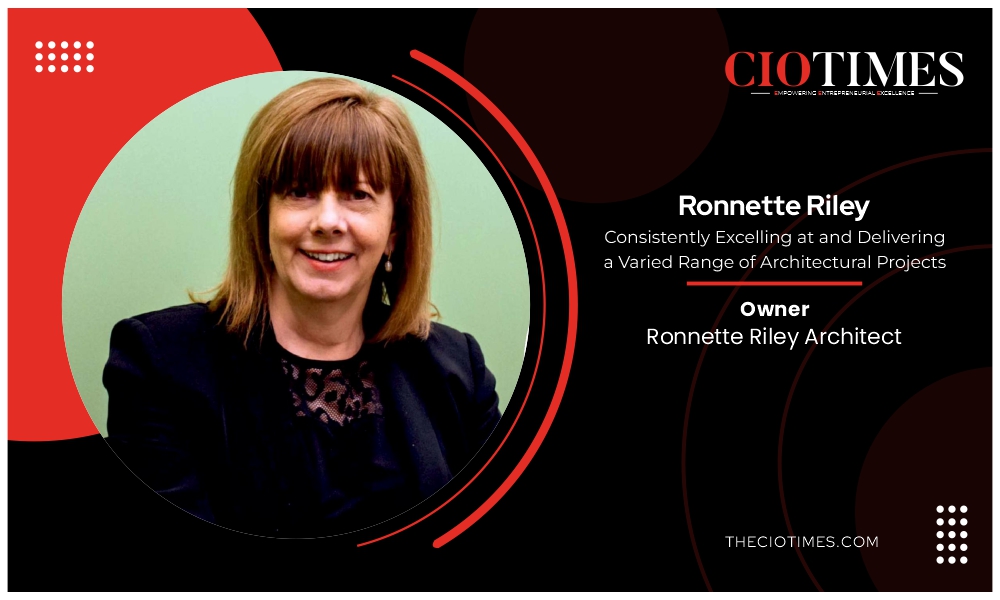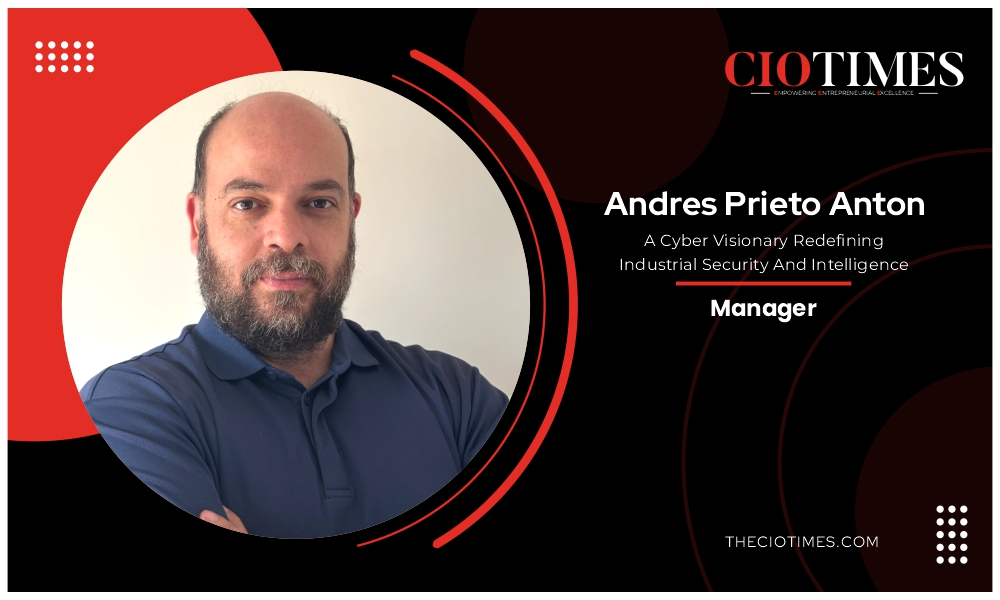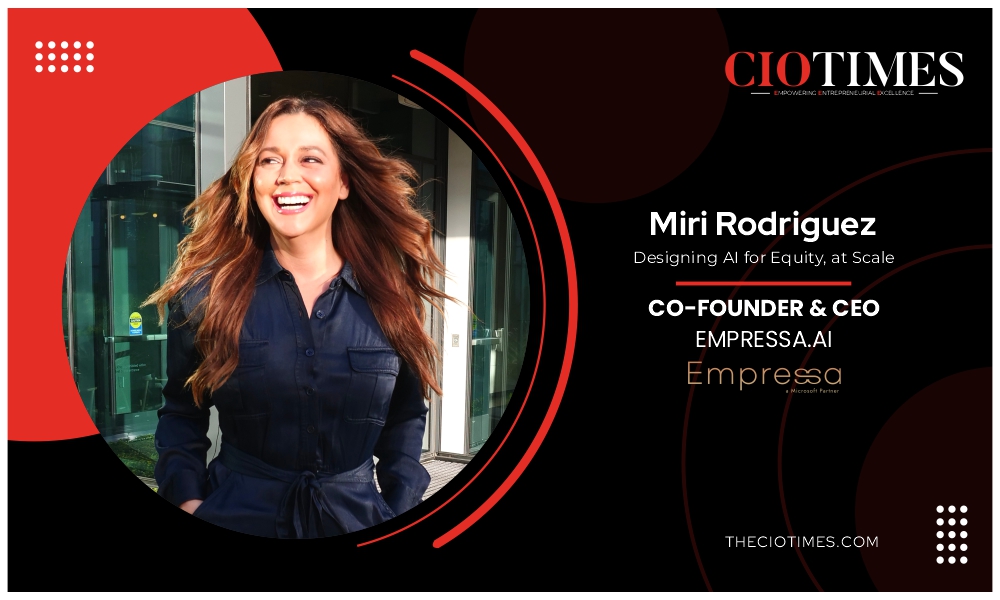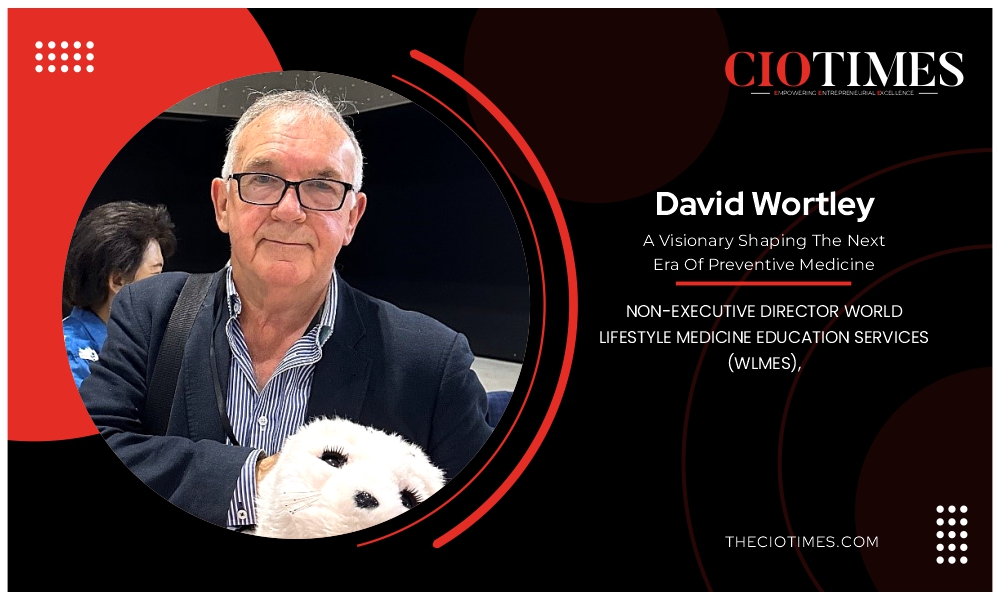Ronnette Riley Architect is an architecture, master planning, and interior design firm. The firm is recognized for integrating both innovative and traditional materials and methods into intelligent and well-crafted spaces. The Founder, Ronnette Riley, is known for her ability to manage the collaborative process of timely construction and budget sensitivity. The firm’s reputation for design and technical competence has led to many repeat clients and steady growth in institutional, hospitality, commercial, government, retail, and residential projects over the years.
Their latest professional service includes new construction – the new 22,000sf East Hampton Senior Center and a new 5-story Engine Company for the Fire Department of NY (FDNY); an addition to the Southampton Head Start for the Children’s Museum of the East End; adaptive reuse of a former daycare center in the historic Riverside Church in Manhattan into classrooms and offices for Columbia University; code consulting for the Port Authority of NY & NJ; exterior façade commissioning and renovations to more than 25 firehouses for the FDNY; resiliency design for NYC Housing Authority, FDNY and Metropolitan Transportation Authority (MTA); feasibility studies & master plans for the FDNY Fire Academy & Carnegie Hall. The majority of senior staff at the firm are licensed architects or certified interior designers who are LEED Accredited Professionals.
The Mentor-in-Chief
Ronnette Riley, the founder, grew up in Northern California and majored in architecture at the University of California, Berkeley. After a year of working for Bill Graham, the rock concert promoter, she went to Harvard University Graduate School of Design to get her master’s in architecture. After graduation, she went to Fisher Friedman & Associates in San Francisco before moving to New York City where she worked for Peter Marino Architect and Philip Johnson & John Burgee Architects before founding her own firm, Ronnette Riley Architect in 1987.
An extrovert, Riley has no problem verbalizing her thoughts. She sees herself as the mentor-in-chief for a firm of 25 people. She is always seeking to nurture people at all levels of their careers. Her door is always open to listen to their ideas and comments before deciding on a course of action. “Architecture is all about collaboration and my practice is to have an open communication style to achieve the best outcome,” she believes.
Ronnette looks to bring in the freshest graduates from around the world to work alongside her seasoned staff and entrusts them with real responsibilities on the projects. As her firm has grown, she has learned the importance of bolstering the design and technical skills with an equally able array of administrative support. She has overseen this evolution from one beleaguered ‘Jill of all trades’, responsible for general admin, marketing, and office management, to a team of non-architect support staff. The firm added a Director of Operations to their full-time staff which now includes a Director of Marketing, an Office Manager, and an Executive Assistant. They also call upon a flexible group of freelance administrators as needed, most recently those affected by the Writers’ Strike including costume designers and a comedy writer. “These people are invaluable in keeping on top of the inordinate amount of paperwork that the public projects we do requires. In the last decade, public work is something I have focused on because it is important to me to make a positive contribution to society,” says Ronnette.
Architecture, believes Ronnette, is based on relationships, and she asserts that personal attention to developing these relationships is Ronnette Riley Architect’s unique proposition. The multitude of repeat clients and referrals on their books suggests they are doing something right! Her guiding design principle is Mies van der Rohe’s adage that form follows function and she continues this into her working relationships so that clients are continually consulted in the firm’s working processes.
Facing Challenges Head-on
Early in her career, the biggest challenge for Ronnette was cash flow, and it became even more of a challenge when the firm moved into public and government work as their payment schedules were slower than private work. She had to become very assiduous about billing to address this, as well as carefully balancing the firm’s project types to have a variety of building types to spread the risk of one area or another being affected. Right now, commercial office space and retail projects are not faring well. More recently, they have been collaborating with a variety of architecture and engineering colleagues. Collaboration issues have become a key challenge: how to have the most effective communication and coordination among the teams, with their consultants, and with other design professionals.
Some challenges are not just limited to Ronnette Riley Architect, but plague the entire industry. Overall, Ronnette points out that the industry is underpaid for the risks architecture firms take and the value they create, and their role in a project can sometimes be underappreciated. People understand a wall a contractor builds but they don’t always understand the intangible benefits that good design provides. Ronnette values clients who do understand. The worth they generate isn’t always readily apparent to clients.
“Architecture can actually impact how people behave and influence whether or not relationships thrive within the spaces we design. We enjoy designing retail projects such as the Coca-Cola Store and Apple Soho Store because the success is easily quantifiable. The Apple Soho Store won a Business Week/Architectural Record Award because the store exceeded Apple’s projection four-fold,” shares Ronnette.
Turning to Technology
It took a wise management consultant to observe that those firms that are ahead of the technology curve tend to be more successful than those that are not. But technology is not cheap and in the first few years of her business, Ronnette’s firm was really lagging due to cash flow issues. So, her team prioritized getting into the program. The current method of delivering drawings is BIM – Building Information Modeling, aka Revit – which the firm began using in 2007. A lot of firms still don’t utilize this 3D method. A variety of rendering programs, such as Enscape and V-Ray, help clients better understand the design. “Collaborative tools that we currently use include Bluebeam, BIM 360, Teams, and Slack. We are finding that our technology costs have increased dramatically with no relative increase in our fees, which is a problem; the amount we spend on technology is approaching what we spend on rent,” shares Ronnette.
Staying Aware
Ronnette is an active member of two professional organizations, the American Institute of Architects (AIA) and the Society of American Registered Architects (SARA). Each of these organizations have different focuses setting standards of architectural excellence and best practice and providing professional support and mentoring opportunities. This year she is honored to be the National President of SARA and she is the former Chair of the National AIA Committee on Design (CoD).
“The CoD is a fascinating opportunity to take time out to visit important buildings around the world that are already built or are about to be built. Twice a year, about 100 colleagues from around the country gather to meet with architects and study iconic or special architecture in person, which is always inspiring and rejuvenating. As well as regular industry conferences, there is also a raft of lectures, seminars, magazines, podcasts, webinars, and working lunches to dive into,” shares Ronnette.
An Eye on the Future
Ronnette feels a generational change in the new workforce that has entered the industry. She has observed a different work ethic among the younger staff. When she was coming up, it was about how many hours you could put into a day, and now the younger generation does not seem as invested. If someone comes to an interview and the first question they ask is about work/life balance, then Ronnette knows they’re not right for her firm. On the other hand, she notices that there are a lot more external pressures that seem to compete with work, from family issues – parents and children, elderly parents – to overburdened student loan debt, requiring staff to find a balance. “As with society as a whole, thankfully, the world of architecture is more diverse than ever before: those 13 white men who founded the AIA in 1857 wouldn’t recognize the rich landscape of women and minority professionals leading the way. Equally, we are called upon to incorporate the interests of a greater range of people into our design ideas, which means we are always innovating. And, of course, the built environment has a major impact on climate change, and, as architects, we are always taking the initiative with sustainability and energy efficiency,” opines Ronnette.
As for Ronnette Riley Architect, during the Pandemic, they were out of the office for only three months as they were an essential business, working on the design of hospital projects in NY and the renovation of Penn Station. The social distancing required by COVID caused a lack of direct personal contact with their clients and consultants. A lot has been lost in virtual meetings in terms of developing meaningful relationships with their clients. There is really no replacement for sitting across a table and getting to know your clients and colleagues personally. So, the firm’s and Ronnette’s ongoing goal for the new year is to continue to enhance the way they serve their clients face-to-face.
Words of Wisdom
Architect Paul Rudolph once said, “You become an architect because you can’t do anything else.” He was referring not to an inability to do anything else, but to a passion that compels you to only do architecture. In her message to young architects, Ronnette says that she doesn’t think architecture can be just a job. It’s a vocation, a lifestyle. Philip Johnson, her last boss, retired at 98 and he worked and was sharp until he retired.
“To be an entrepreneur you have to take risks. I have tried in the past to promote certain employees until I realized they were risk-averse. You have to be able to extend yourself creatively, and financially, and put in the effort. And it takes time before you see the results,” advises Ronnette.
THE FOLLOWING PORTION NEEDS TO BE DESIGNED AND HIGHLIGHTED IN THE DRAFT PDF.
Quote: “All misunderstandings are not enough conversation.”
Quote: “Our specialty services include accessibility design, historic preservation, and Expert Witness work, and we have in-house Qualified Exterior Wall Inspection (QEWI) capabilities.”
Rapid Fires:
How would you sum up your 2023: I haven’t done this many all-nighters since grad school.
A contemporary leader you admire: Barbra Streisand has always been my go-to idol because she controls her destiny, she does things her way and although she met a lot of resistance, she has always believed in her vision and herself.
A book/audiobook you are currently reading or listening: A Clearing in the Distance, about Frederick Law Olmsted. I’m also reading Walter Isaacson’s The Code Breaker, which was his first book where he actually wrote about a woman, Jennifer Doudna, Ph.D., and a Berkeley professor.
Your biggest role model: When I became licensed as an architect, less than 1% of licensed architects in America were women. I never had a female architecture professor, I never had a woman working in an architecture firm in a position higher than mine, and consequently had no real mentors. My entire career was defined by people telling me I could not do things, which is why I think I have a firm with a majority of women whom I try and guide in their professional development in a more positive way, men too.
Success to you is: In college, I thought professional success could be owning a Mercedes 280 SL because even though it wasn’t then a classic, I knew from the way it was designed that it would become one. A professor argued with me that it wasn’t a valid symbol of success, but I believe that owning and appreciating beautiful objects are reflections of achievement. Also paying off my student loans was huge. It’s about financial security; it’s recognition; it’s being able to do good – being able to have the ability to be president of a charity that raises money for life services. And, of course, it’s making payroll on Friday. Success is also having the freedom to travel and being able to enjoy the company of my family who live in six different states.




